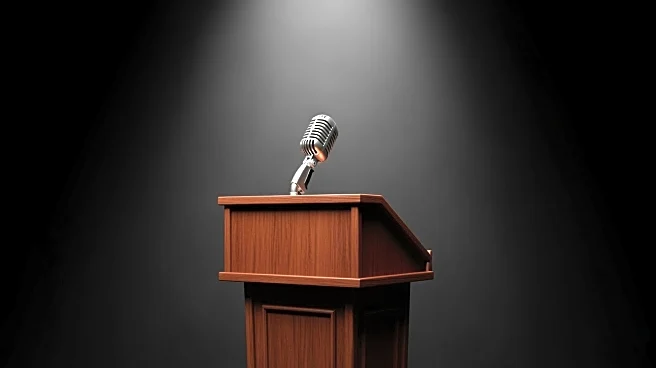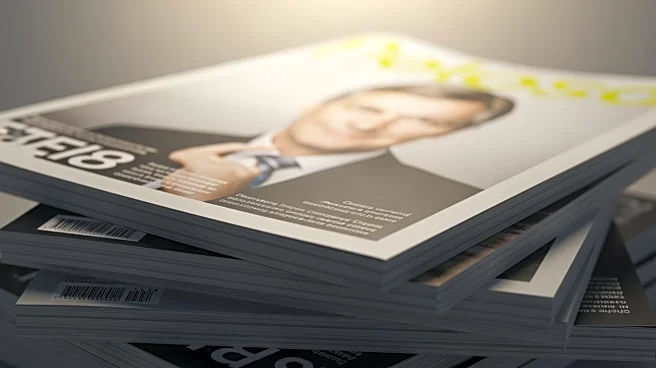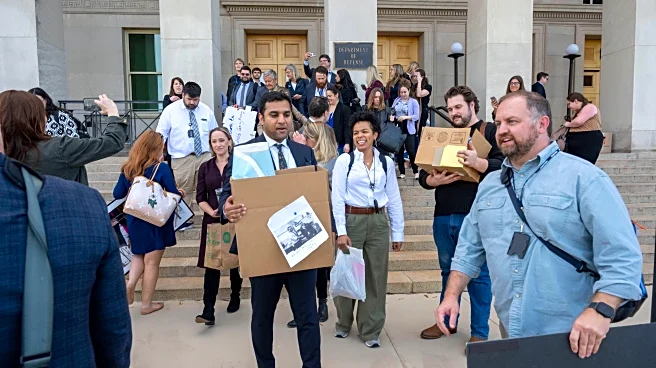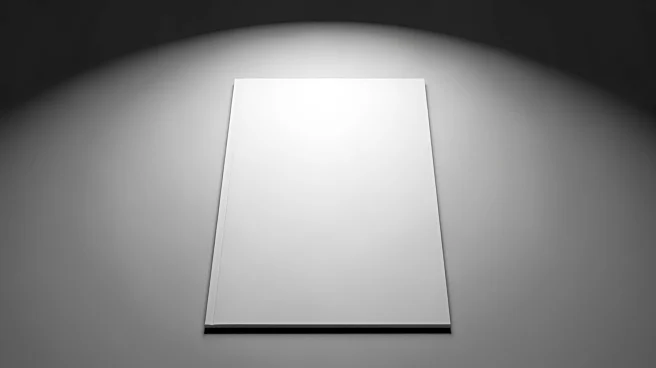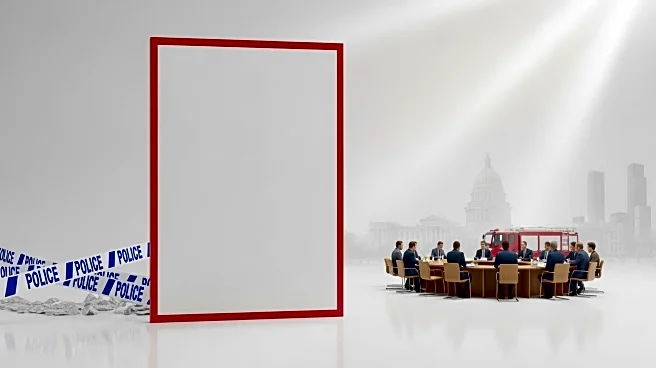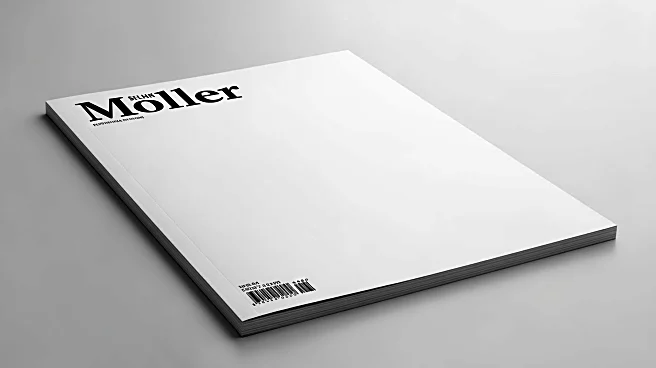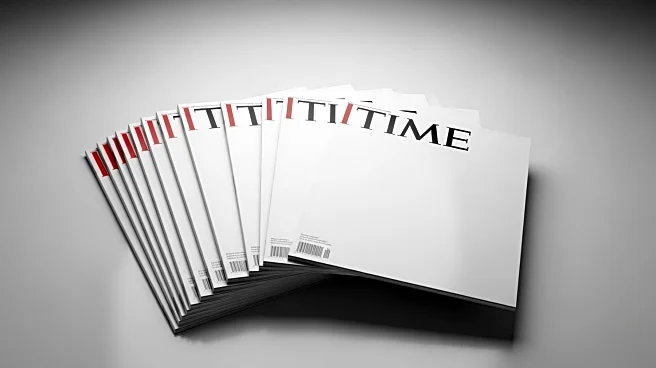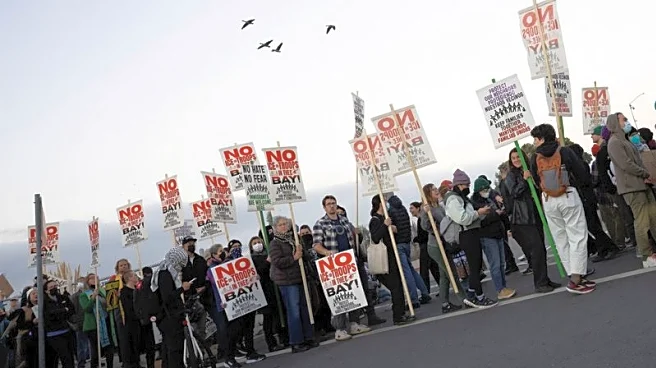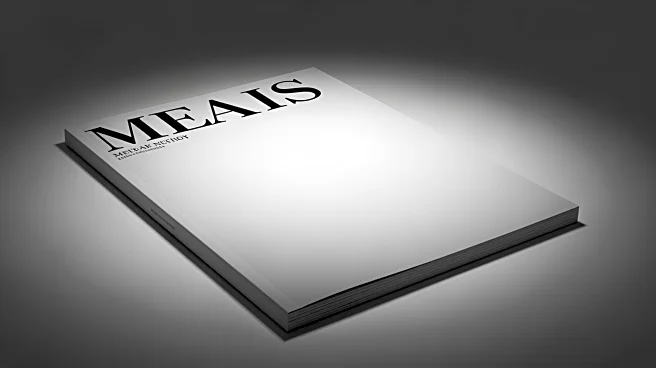What's Happening?
President Trump recently expressed dissatisfaction with a Time magazine cover photo, describing it as 'the Worst of All Time' on his Truth Social platform. He criticized the image for altering his hair and including a small, floating crown, which he found
peculiar. This incident is part of a pattern where Trump has publicly criticized images of himself that he finds unflattering. In the past, he has made similar complaints about portraits and photos used by various media outlets, including Fox News and CNN. According to Alexandra Cromer, a licensed professional counselor, Trump's behavior indicates a pattern of intense hyperfixation on his appearance, suggesting a potential for low self-confidence.
Why It's Important?
The significance of President Trump's focus on his image lies in its potential impact on his public perception and political strategy. His repeated emphasis on appearance over policy could influence how supporters and critics view his leadership priorities. This behavior might also reflect broader societal issues regarding the importance placed on physical appearance and media portrayal. For political analysts and psychologists, Trump's actions provide insight into the psychological aspects of leadership and the role of media in shaping public figures' images. The ongoing scrutiny of his reactions to media portrayals could affect his political capital and influence public discourse.
What's Next?
As President Trump continues to engage with media portrayals, it is likely that his reactions will remain a topic of public and media interest. Stakeholders, including political commentators and mental health professionals, may continue to analyze his behavior for insights into his leadership style and personal motivations. Future interactions with media outlets could further shape his public image and influence his political strategy. Observers will be watching to see if Trump shifts focus to policy and governance issues or continues to prioritize his media image.
Beyond the Headlines
Trump's focus on his image raises questions about the intersection of personal insecurities and public leadership. It highlights the pressures faced by public figures to maintain a certain image and the potential psychological toll of media scrutiny. This situation also underscores the broader cultural emphasis on appearance and the challenges of navigating public perception in the digital age. The implications extend to discussions about the role of media in politics and the expectations placed on leaders in terms of both policy and personal presentation.


